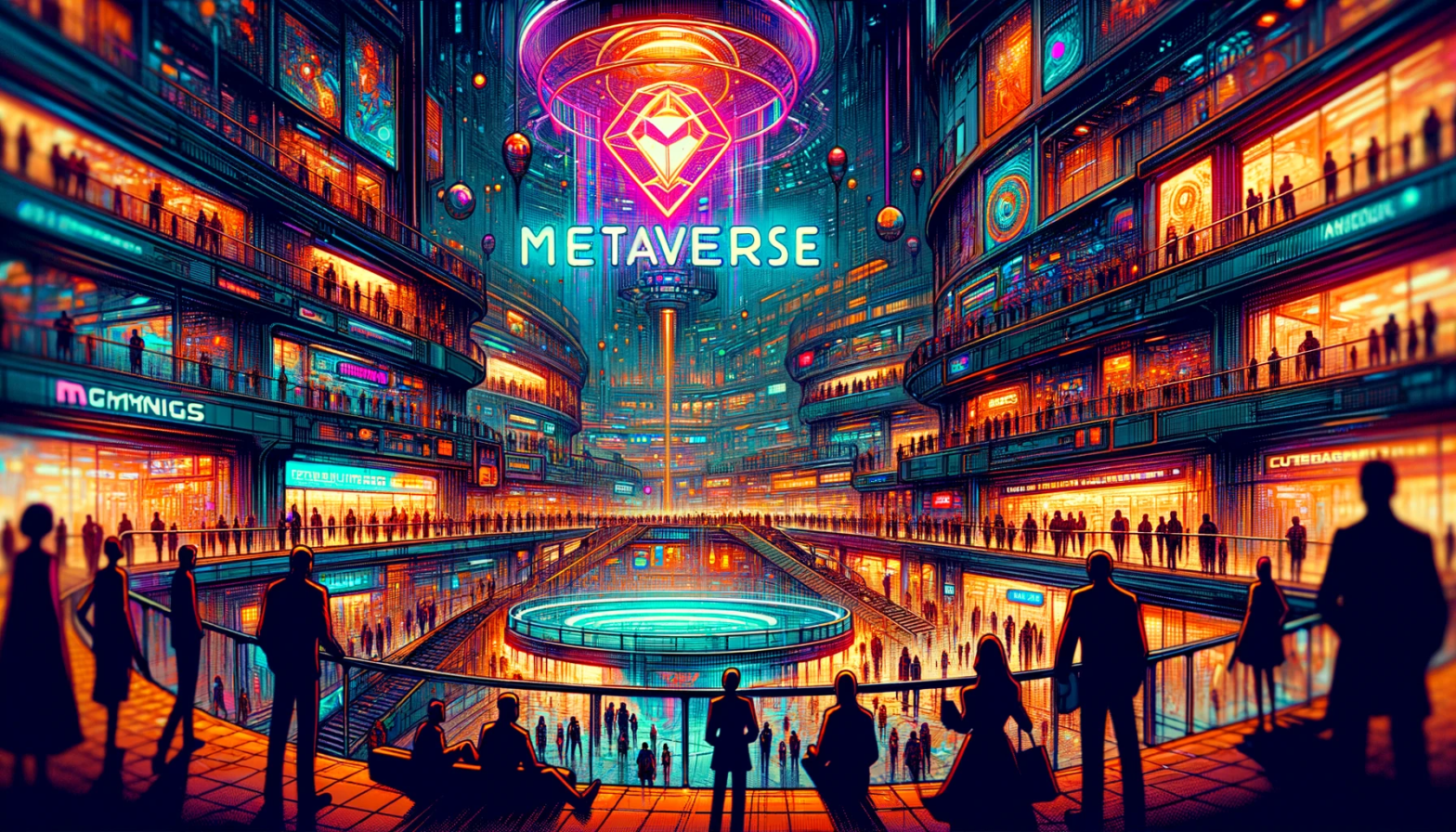What is a metaverse? Is it a metaverse, or the Metaverse?
Ask most people these questions and they’ll picture ‘Lawnmower Man’ style scenes of people strapped into virtual reality rigs, flying through digital 3D environments.1
That has very little to do with what a metaverse is.
The term metaverse simply applies to the digital mirror of our non-digital lives. Our digital social networks, our digital assets, digital communities we participate in, etc. Right now this reprsents a fairly heavily fragmented set of services, but one of the goals of metaverse is to tie these together with a unified and decentralised approach to identity (and, through the associated wallet, finance).
This is where we start to look at what a metaverse could be, and the direction that is likely to take. The first phase of this is the intense competition that is beginning to emerge around who provides that identity service.
Mark Zuckerberg expects 1 billion users on his metaverse offering, each spending hundreds of dollars a year on virtual goods.
But what are these virtual goods that he projects will be making hundreds of billions in gross revenue for Meta? What is it that has driven such interest in this space from VCs?
This is the bottom line:
The metaverse, as we go deeper into digital identity, digital communities, and digital spaces, has an ever-incresing potential to host digital representations of existing industries.
Metaverse fashion brands. Metaverse real estate. Metaverse banking. Metaverse celebrities. Metaverse tourism. Metaverse consumer goods. Metaverse employment. Some of these exist in some form already. Many more will exist soon.
On its own, that is very obviously a MASSIVE opportunity for industrial growth beyond current parameters and understanding.
Then you consider that in this world, where everything is digital, there is a cost of goods which is close to zero. There are not the normal forces at work which influence price. In fact, indications are (from our primitive experiments in Web3) that price is even more closely connected with status than it is in the real world. Even then, the cost of a product failing due to being overpriced will be negligable.
It could well become a sea of gamified microtransactions which would make something like the Diablo Immortal controversy seem utterly benign.
This is what is at stake: the future of our digital economy. The digital mirror of the real world, which has its hooks in us through every I/O in our envionment – which are already countless, and increasing.
It is incredibly easy to imagine this as a paper-thin veneer of decentralisation and ‘creator economy’ hype over the top of a behemoth of corporate ownership and private interests.
The only way to avoid this is for Web3 to stop obsessing about the price of monkey jpgs, and to start building decentralised products and services which are resistent to the powerful gravity of centralisation.
To revisit Moxie Marlinspike’s widely circulated essay:
Given the history of why web1 became web2, what seems strange to me about web3 is that technologies like ethereum have been built with many of the same implicit trappings as web1. To make these technologies usable, the space is consolidating around… platforms. Again. People who will run servers for you, and iterate on the new functionality that emerges. Infura, OpenSea, Coinbase, Etherscan.
Moxie Marlinspike
- I suspect VR headsets will go the way of the 3D television: it’s just not a user-friendly technology. [↩]
